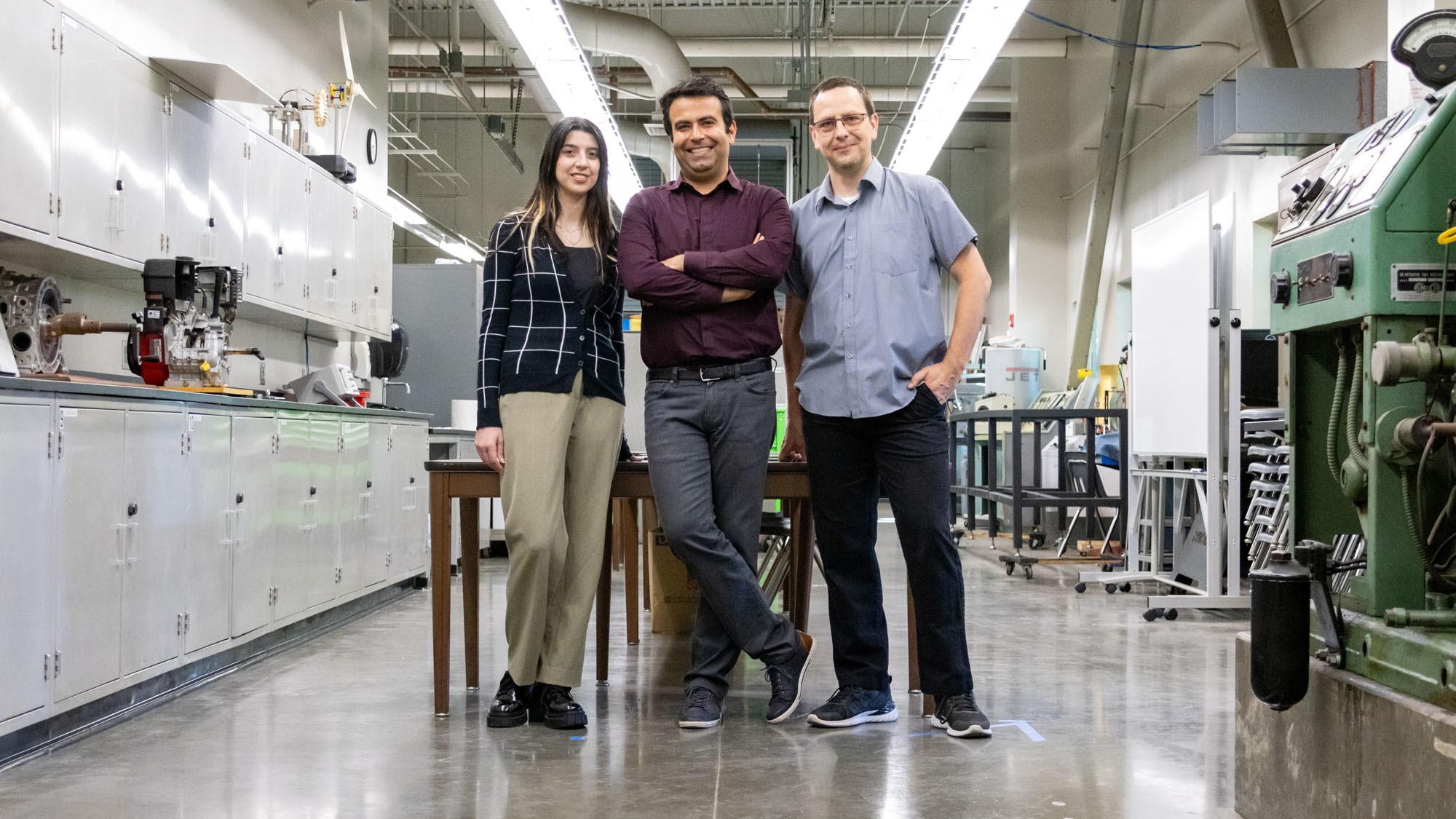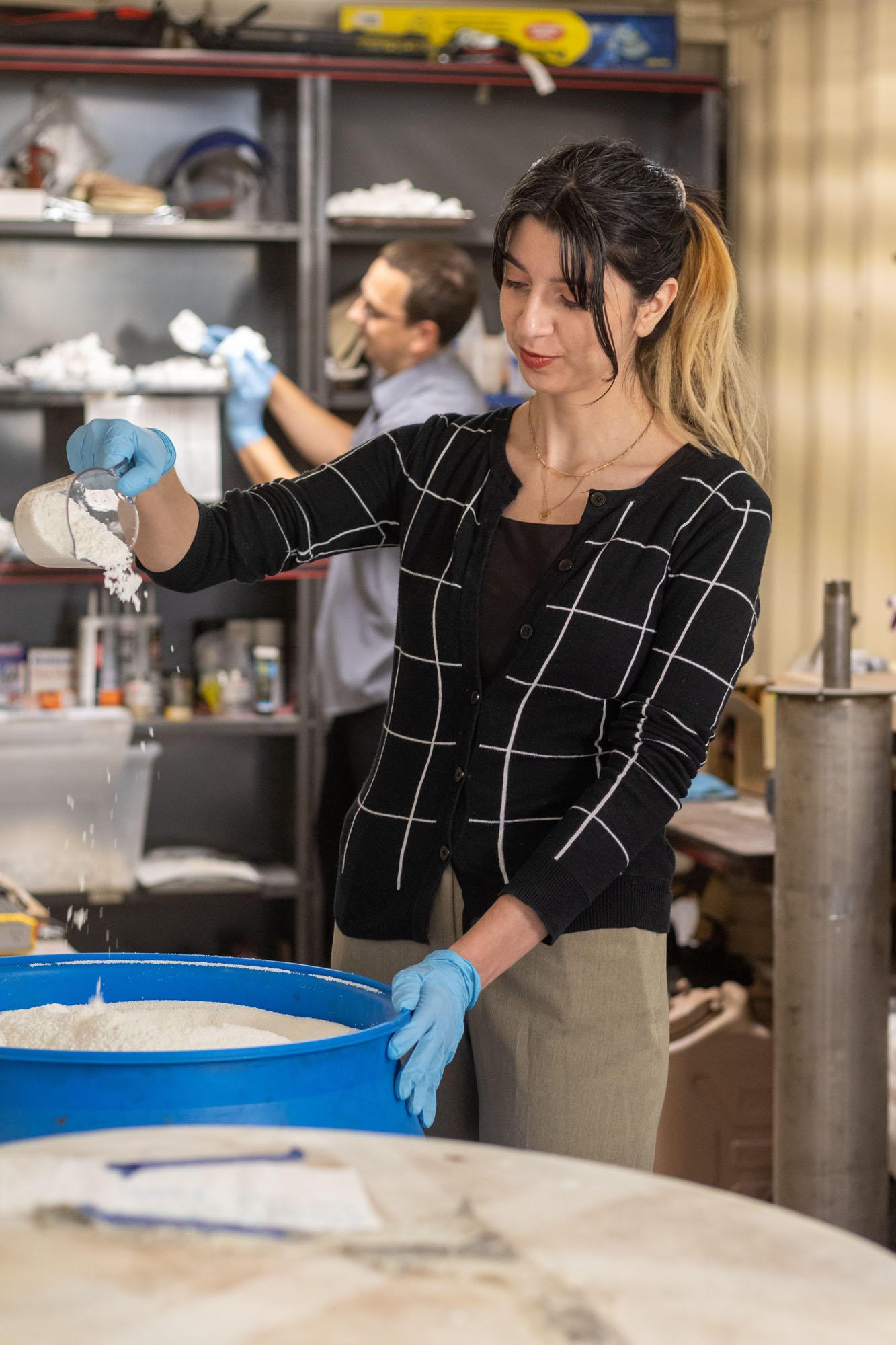Billions of Tons of Salty Brine? A Billion-Dollar Opportunity.

By Christopher Park
A desalination plant along the Pacific Coast north of San Diego churns 100 million gallons of seawater every day to produce 50 million gallons of potable, or usable, water for its municipality. Eleven more plants like these are strewn along the coast of California as a partial answer to the state’s need for water. Worldwide, roughly 8,200 plants are in operation.
The cost of these plants is great, but necessary. So is the amount of wasteful byproduct—for as much usable water these plants generate, just as much byproduct is produced in the form of a salty brine. In addition to the desalination industry, technologies such as geothermal and carbon capture generate waste salt. Further, industries such as chemical manufacturing, mining, desalination and food processing produce a similar byproduct. In short, it’s not an understatement to say billions of tons of waste salt are produced annually.
Waste Salt: Clean Energy of the Future?
For several years, a burgeoning field in energy storage has been growing to develop low cost and efficient thermal energy storage systems. A growing body of research indicates that waste salt has the potential to act as the core of a cost-effective thermal energy storage system, like a thermal battery. Unlocking waste salt’s potential offers the dual solution of acting as a cheap energy storage medium and reducing the harm of this byproduct since disposing high concentrations of it hurts the environment it is released into, like oceans.
The efficacy of the technology is dependent on factors like the composition of the waste salt and processes that are essential for its repurposing. It’s a billion-dollar question that Associate Professor Reza Baghaei Lakeh and graduate students Rozina Nalbandian and Tihamer Engel are seeking an answer for. Funded by a $200,000 federal grant, the trio has founded their startup, Waste Salt Technologies LLC. The company aims to create a commercialized product that addresses California’s policy mandate of a 100 percent renewable power grid by 2045. A low-cost energy storage solution, like the one this group is working on, can help make this future possible.
For as lucrative as it would be to tap into the energy-storing potential of waste salt, profit was never the inspiring motive. Rather, it’s been a process of uncovering new possibilities of waste salt, a process motivated by intrinsic scientific curiosity, across more than a decade.
A Business Venture for a Professor and His Students
The first intimations of this pursuit began in 2013, when Lakeh was a postdoctoral researcher at UCLA. One of the last things he worked on was an energy storage project, not unlike what he’s doing now. What started as findings in a lab grew into its own energy company that secured its first commercial customer this year.
“That experience is something that really motivated me,” says Lakeh. “To see something happening in the lab and then growing it to become larger.”
Once he joined Cal Poly Pomona’s College of Engineering faculty, Lakeh collaborated on several research projects, which
included work on water treatment.
“That was when I figured out there is a lot of salt generated in many industries and people don't know exactly what to do with this stream of salt,” he says. “These salts are not dangerous in small scales, but if you dump a lot of it into the ocean, the pH [a measure of how acidic/basic the water is] of the ocean will change, impacting marine wildlife.”
Absorbed by scientific curiosity, Lakeh continued to chip away at the question: Can waste salt be used as an affordable thermal energy storage medium? His curiosity has resulted in the authoring/ co-authoring of six published papers on thermal energy storage since 2020 and receiving $230,000 in government grants as principal investigator. In addition, the Southern California Gas
Company contributed $80,000 through its Climate Champions Grant Award, and Veterans to Energy Careers provided stipends for veteran undergraduate and graduate students conducting research with the associate professor. Along the way, Lakeh has advised several students on thermal energy storage projects. While students come and go, mechanical engineering graduate students Rozina Nalbandian and Tihamer Engel have been constants.
“After I started taking a couple thermal classes, I started falling in love with it,” says Nalbandian, who also works for the energy company Richard Heath & Associates. “And seeing how it [waste salt] could be utilized for a better purpose is exciting to me.”
Engel shares a similar sentiment: “This work is geared towards renewable, green energy and saving the planet in our own, measurable way. This combination drew me to the project.”
 So, a shared scientific passion and mission has resulted in the startup. This co-founding trio will develop a pilot demonstration in collaboration with Sephton Water Technology, which specializes in desalination. In short, the pilot project will hook itself up to a company’s existing facility, making use of the salt waste generated from their plant. The team is aiming to produce a thermal energy storage device that can bank 50 kilowatts-hour (kWh) of energy, which is about the average energy U.S. household uses daily. If successful, the next step will be to scale the product to store significantly more energy.
So, a shared scientific passion and mission has resulted in the startup. This co-founding trio will develop a pilot demonstration in collaboration with Sephton Water Technology, which specializes in desalination. In short, the pilot project will hook itself up to a company’s existing facility, making use of the salt waste generated from their plant. The team is aiming to produce a thermal energy storage device that can bank 50 kilowatts-hour (kWh) of energy, which is about the average energy U.S. household uses daily. If successful, the next step will be to scale the product to store significantly more energy.
“I’ve learned a lot in the past two years by doing things outside of my comfort zone. This motivates me to get active and go after new opportunities for me and my students.” - Associate Professor Reza Baghaei Lakeh from chemical engineering
The startup’s aiming to have a pilot ready by 2025. At this juncture, the team has a strong understanding of the thermo-physical properties of the waste salt generated from the Sephton plant. Now, the primary challenge is optimizing the hardware and procedure that best repurposes the salt for thermal storage.
Whatever the Future Brings
For as exciting as it is to establish a business venture, Lakeh is acutely aware of Waste Salt Tech’s chances.
“Of course, I wouldn't mind if this becomes successful and generates a lot of revenue, but it's not really my intention,” says Lakeh. “For startups, only 10 percent of them are successful.”
“I’m a strong believer in lifelong learning. There’s always something for you to learn at any stage of your career,” says Lakeh. “I’ve learned a lot in the past two years by doing things outside of my comfort zone. This motivates me to get active and go after new opportunities for me and my students.”
If the startup persists beyond its first grant, it’ll be a long journey. Nalbandian estimates that a waste salt thermal energy storage product is at least five to 10 years away. But perhaps this trio wouldn’t have it any other way.
“It’s not about the destination. It’s about the journey,” says Lakeh. “It’s about the things we learn and take with us for whatever’s next. We welcome anyone who wants to and can be a part of the solution.”